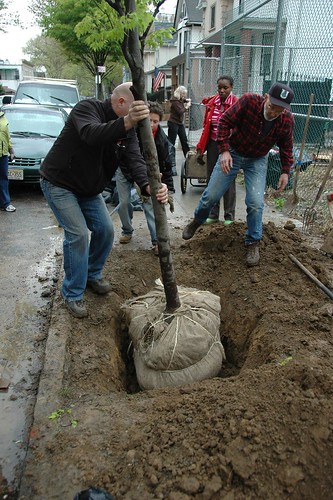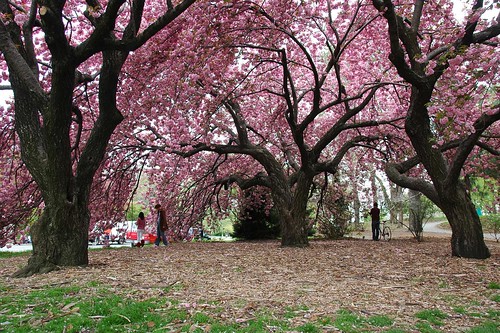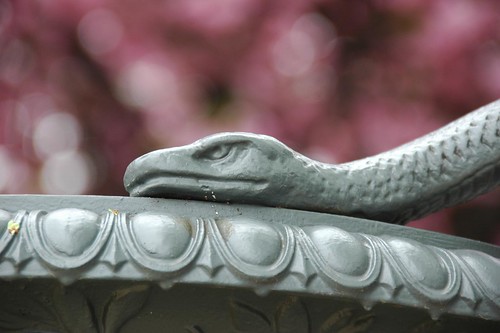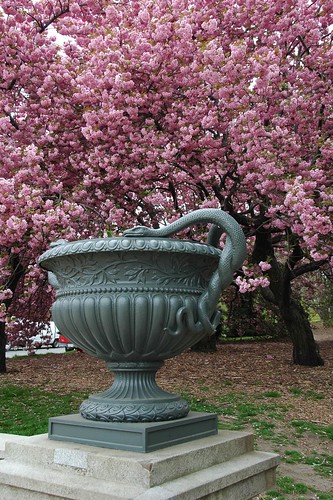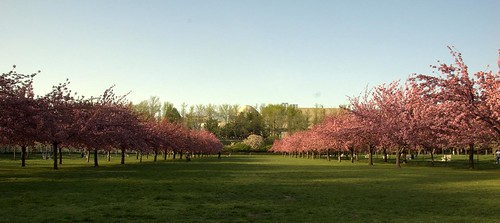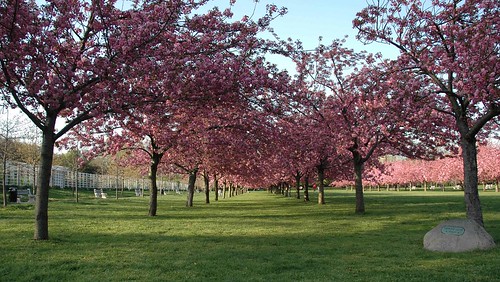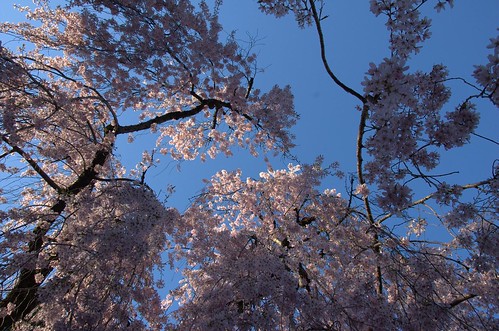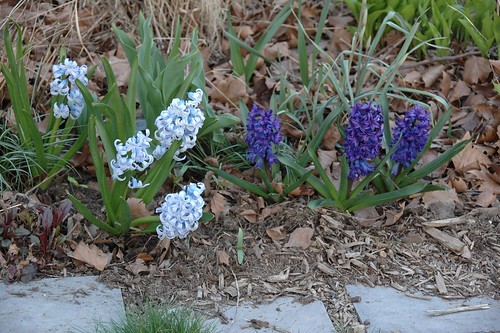Dicentra cucullaria, Dutchman’s Breeches, with Onoclea sensibilis, Sensitive Fern, poking through, in the Native Flora Garden at the Brooklyn Botanic Garden.
This Saturday, May 3, the Torrey Botanical Society kicks off NYC Wildflower Week:
NYC Wildflower Week celebrates all things green and wild in the Big Apple—the hundreds of native flowers, trees, shrubs and grasses that call NYC home. It’s a week of inspired environmental learning, with dozens of free activities, walks and talks for all New Yorkers to enjoy.
The week of events actually kicks off this Friday evening, with the first of a series of lectures, at NYU:
Friday May 2nd, 4:30 pm – 6:30 pm
New York University
“Native Wildflowers of New York City”
Discover the City’s 25,000 green acres—filled with majestic trees, wildflowers, grasses and ferns— the wild, unplanted thread in the Big Apple’s ecological fabric. Learn what makes a plant native and why local flora is important. Explore how life in the five boroughs means it’s not easy being green due to characteristics of urban forests and threats to indigenous flora. We’ll also discuss what you can do, including how to go native in the garden.Speaker Marielle Anzelone is a botanist, landscape designer and founder of NYC Wildflower Week. This introduction to the flora of the five boroughs will be hosted by the Wallerstein Collaborative for Urban Environmental Education at NYU.
Space is limited.
RSVP by email to kathleen [dot] oliver (at) nyu [dot] edu or call 212-992-9362.Saturday May 3rd, 8am to 3pm
Greenmarket EventsFree NYC Wildflower Week Bags!
Pick up a NYC Wildflower Week bag for your shopping and get information on the week’s events and why gardening with native plants is the way to go.Gardening Advice and Demonstrations
Look for our tent at the south side of the Greenmarket. Marielle Anzelone will provide native plant gardening advice and demonstrations throughout the day. Find out what makes a plant native, how to attract butterflies and birds, and the best ways to start a native plant garden.Greenmarket Native Plant Initiative
As a result of this unique program, Greenmarket vendor Oak Grove Farms will offer certified NYC native plants for sale for the first time starting Saturday May 3, 2008!Sunday May 4th, 8am to 3pm
Native Plant Display GardenWildflower Giveaway
Come by the Native Plant Display Garden (15th St. & Union Square West) from 12 to 3 pm to get a free native plant seedling while supplies last.
Related Posts
Links
NYC Wildflower Week
Torrey Botanical Society
Marielle Anzelone

